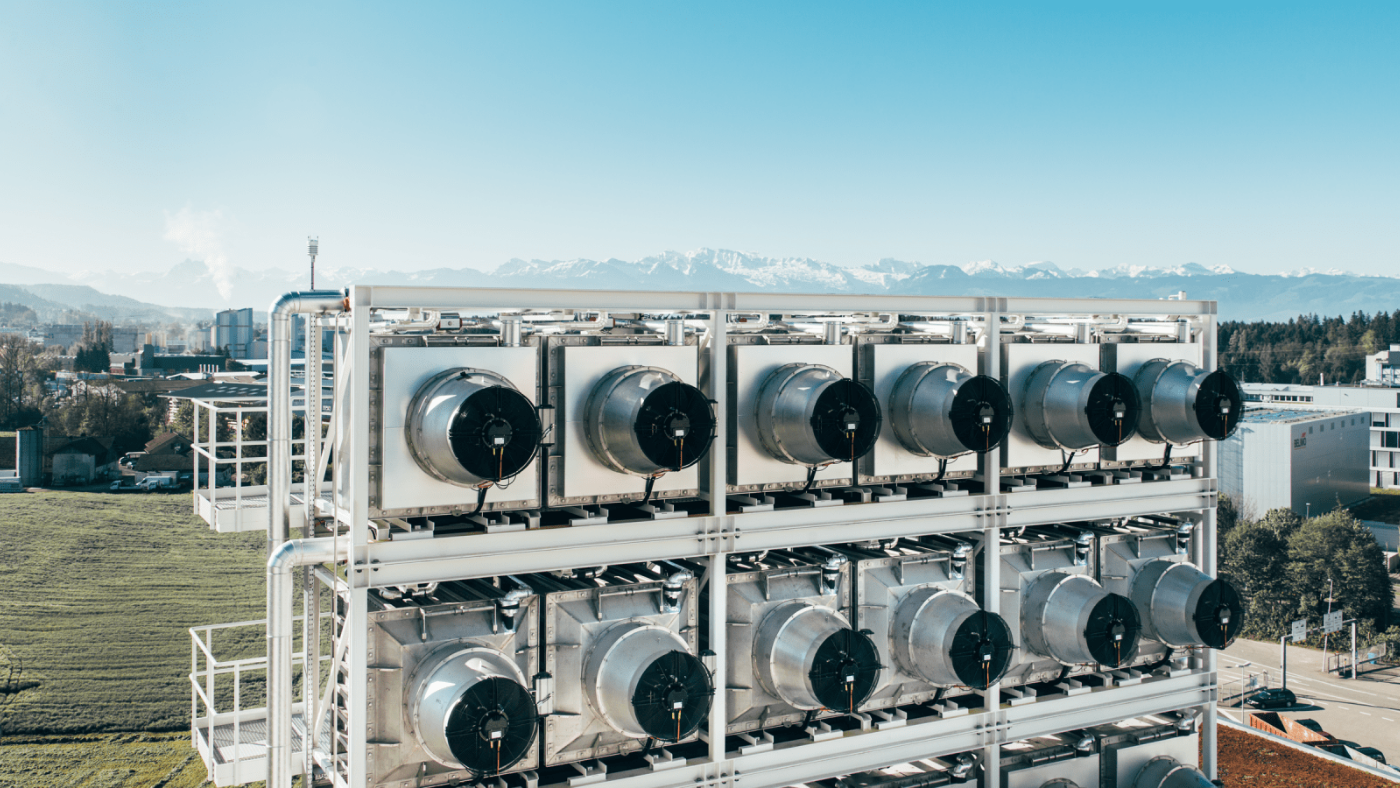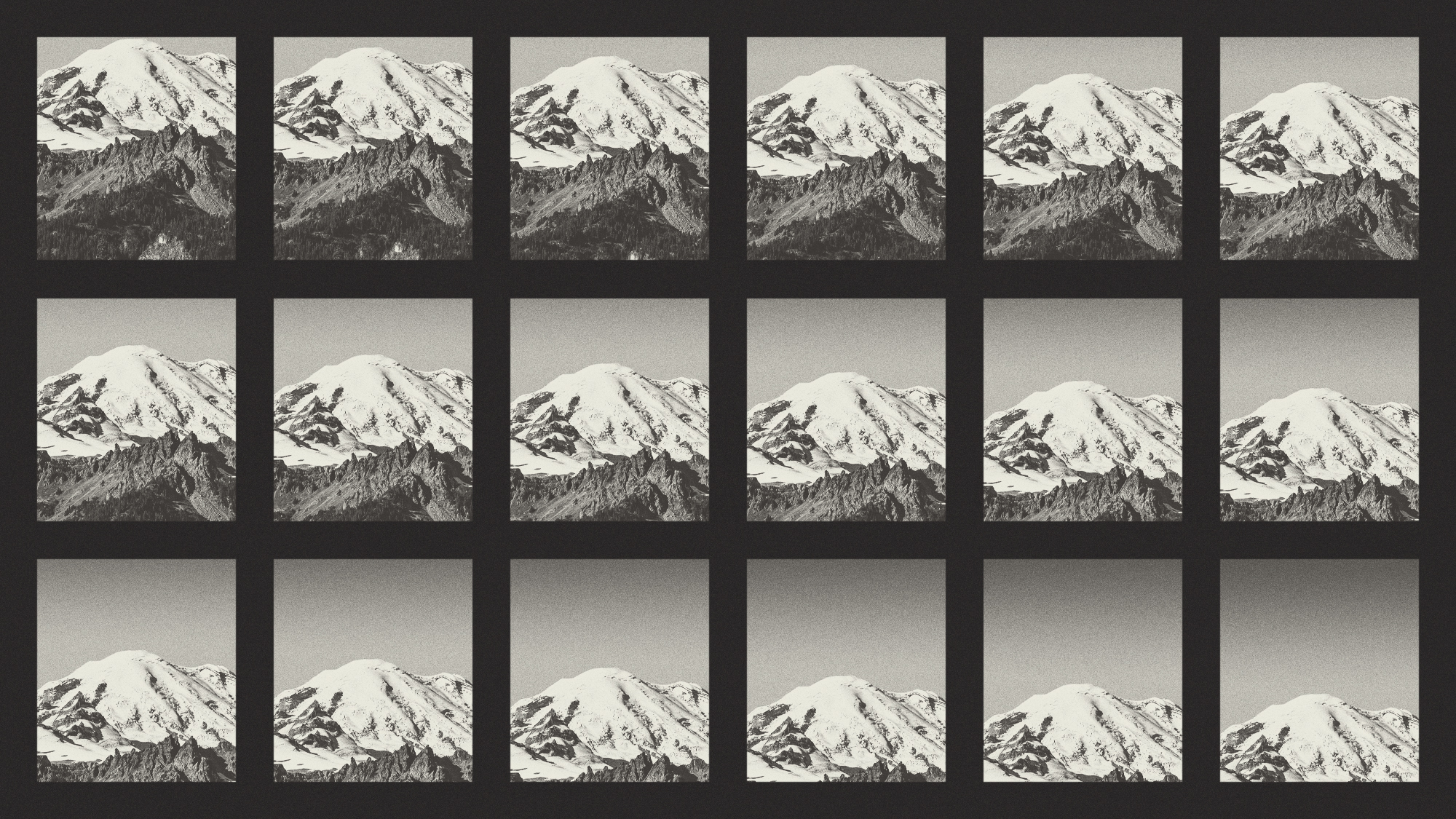How ‘direct air capture’ turns carbon dioxide into stone
Experts say the technology could reduce current greenhouse gas levels within years

Up to 4,000 tons of carbon dioxide emissions could be removed from the atmosphere each year by the world’s biggest “CO2-sucking” plant, called Orca, which opens today in Iceland.
The Intergovernmental Panel on Climate Change has made clear that current levels of carbon dioxide need to be cut, and several companies have been “tinkering” with Direct Air Capture (DAC) as a way of doing so, Quartz reported.
Now, Swiss startup Climeworks AG is the latest to extend its carbon-curbing operations with the new plant. So how does it work?
The Week
Escape your echo chamber. Get the facts behind the news, plus analysis from multiple perspectives.

Sign up for The Week's Free Newsletters
From our morning news briefing to a weekly Good News Newsletter, get the best of The Week delivered directly to your inbox.
From our morning news briefing to a weekly Good News Newsletter, get the best of The Week delivered directly to your inbox.
How does direct air capture technology work?
Though exact methods vary somewhat, “the science of direct air capture is straightforward”, BBC Future Planet said. Huge fans pull air into large box-like structures, where filters isolate the carbon dioxide. This “sucking” set-up may look something like “a gigantic air conditioning unit, blown up to incredible proportions”, the site explained.
Climeworks’ process then involves sealing the container, and raising the temperature to as high as 100℃, to release the gas.

The captured carbon dioxide is next mixed with water, before being pumped into deep underground “wells” where it is stored and begins the mineralisation process, eventually becoming a geological formation – put simply, rock – Quartz explained. In this form, the carbon no longer poses any climate risk.
A free daily email with the biggest news stories of the day – and the best features from TheWeek.com
Two different types of filtering substance offer “promising” pathways in managing atmospheric carbon, according to a 2019 inter-model assessment of the role of DAC in mitigating carbon emissions published by Nature.
The first uses water solutions that contain hydroxide sorbents (insoluble materials or mixtures of materials used to recover liquids through absorption) “with a strong affinity for CO2”. These include sodium, calcium and potassium hydroxides, and the air filters – like those designed by carbon-neutral fuel company Carbon Engineering – are “drenched” in such solutions, BBC Future Planet explained.
The effectiveness of solid sorbents were still being researched at the time of publication, and this second filtering technology relies on “amine materials bonded to a porous solid support”, the Nature authors said.
What are the benefits?
In comparison to other methods of carbon capture, DAC has several benefits. Tree planting, for example, uses “a lot of land relative to the scale of intervention that’s needed”, Quartz noted.
Additionally, the carbon capture process within trees and plants is comparatively slow. The use of “valuable land” for such enterprises could increase food prices “five-fold in the process” too, Future Planet reported.
What are the drawbacks?
Removing atmospheric carbon is an expensive process, Quartz said, but “developers hope to drive down prices by scaling up”, Reuters noted.
The price tag won’t stop some of the world’s biggest emitters from committing to such schemes; Microsoft and ExxonMobil have already invested heavily in the technology.
Selling carbon offsets is one way that businesses like Climeworks are finding funding too, noted Quartz. And “since the carbon offset market, as a whole, is riddled with cheap, dubious offsets”, it may not be long until other large carbon contributors follow suit.
How effective is direct air capture in combatting global warming?
Like Climeworks’ other air capture projects, Orca’s operations will be powered by “renewable energy or energy from waste”. Grey emissions – those generated by the construction of the plant – are below 10%, the company stated, meaning that out of 100 tons of CO2 capture, at least 90 tons are permanently removed from the atmosphere.
A “dozen or so smaller plants” are already operating in Europe, the US and Canada, Quartz noted. On a global scale, the “fledgling” DAC technology currently captures more than 9,000 tonnes of CO2 annually, Reuters reported.
One key factor that will determine the effectiveness of DAC technology in sustainably managing carbon dioxide levels is the speed at which such processes can be scaled up, the 2019 Nature authors concluded. DAC, they added, should be part of a “diversified mitigation portfolio in low carbon scenarios, together with other carbon dioxide removal strategies”.
Similar projects are currently under way in the US and UK, with engineering work for the construction of Europe's biggest DAC plant in Scotland anticipated to begin by the middle of next year.
The facility will put the UK “at the forefront of net negative technologies”, said Nick Cooper, CEO of carbon reduction infrastructure experts Storegga, who unveiled the plans with Carbon Engineering in July.
-
 7 bars with comforting cocktails and great hospitality
7 bars with comforting cocktails and great hospitalitythe week recommends Winter is a fine time for going out and drinking up
-
 7 recipes that meet you wherever you are during winter
7 recipes that meet you wherever you are during winterthe week recommends Low-key January and decadent holiday eating are all accounted for
-
 Nine best TV shows of the year
Nine best TV shows of the yearThe Week Recommends From Adolescence to Amandaland
-
 Crest falling: Mount Rainier and 4 other mountains are losing height
Crest falling: Mount Rainier and 4 other mountains are losing heightUnder the radar Its peak elevation is approximately 20 feet lower than it once was
-
 Pros and cons of geothermal energy
Pros and cons of geothermal energyPros and Cons Renewable source is environmentally friendly but it is location-specific
-
 Death toll from Southeast Asia storms tops 1,000
Death toll from Southeast Asia storms tops 1,000speed read Catastrophic floods and landslides have struck Sri Lanka, Indonesia, Thailand and Malaysia
-
 Can for-profit geoengineering put a pause on climate change?
Can for-profit geoengineering put a pause on climate change?In the Spotlight Stardust Solutions wants to dim the sun. Scientists are worried.
-
 How will climate change affect the UK?
How will climate change affect the UK?The Explainer Met Office projections show the UK getting substantially warmer and wetter – with more extreme weather events
-
 Can the UK do more on climate change?
Can the UK do more on climate change?Today's Big Question Labour has shown leadership in the face of fraying international consensus, but must show the public their green mission is ‘a net benefit, not a net cost’
-
 Did Cop30 fulfil its promise to Indigenous Brazilians?
Did Cop30 fulfil its promise to Indigenous Brazilians?Today’s Big Question Brazilian president approves 10 new protected territories, following ‘unprecedented’ Indigenous presence at conference, both as delegates and protesters
-
 Can the world adapt to climate change?
Can the world adapt to climate change?Today's Big Question As the world gets hotter, COP30 leaders consider resilience efforts